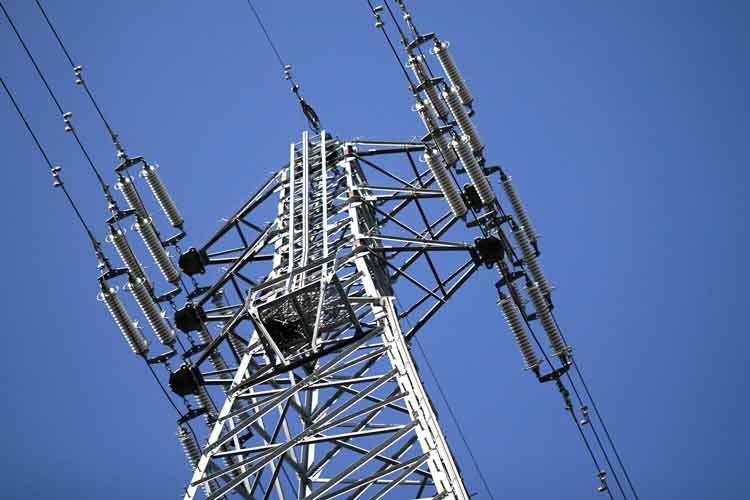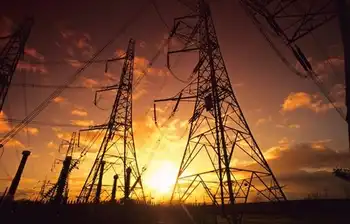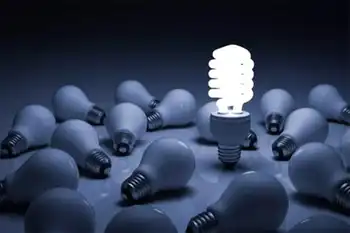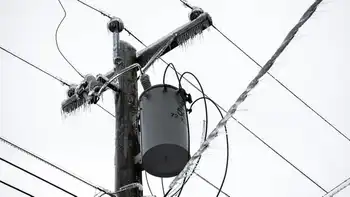Alberta changing how it produces and pays for electricity
NFPA 70e Training
Our customized live online or in‑person group training can be delivered to your staff at your location.

- Live Online
- 6 hours Instructor-led
- Group Training Available
Alberta Capacity Market shifts from energy-only to capacity auctions, paying generators for available reserve to ensure grid reliability, reduce price volatility, support renewable energy integration, and attract investor confidence across Alberta's electricity sector.
Key Points
Alberta's capacity market pays generators to keep power ready, improving grid reliability and price stability.
✅ Pays generators to maintain reserve capacity via auctions
✅ Aims to cut price volatility and improve grid reliability
✅ Supports renewables and attracts long-term investment
Alberta Energy Minister Margaret McCuaig-Boyd said Wednesday the province is moving away from full deregulation to what is known as a capacity market, part of a market overhaul underway.
Power producers will be paid to build up capacity — even if it isn’t all needed — to ensure there is always enough electricity in reserve.
Alberta will switch to a “capacity” market by 2021, in which electricity generators such as gas-fired power stations, wind and solar farms are paid to keep capacity available to produce power when needed. Contracts for providing capacity will be awarded through an auction process under the proposed market changes now underway.
Right now, the province has an “energy-only” market, one of only two still left in North America, in which generators are paid wholesale market prices only for the electricity they produce. The other energy-only jurisdiction is Texas.
McCuaig-Boyd said the new structure will deliver more affordable prices over the long term for consumers, reduce volatility, enhance market competition and lure investors because of the stable revenue stream it provides.
A year ago, the NDP government introduced a climate plan in which it pledged to phase out coal emissions and ensure 30 per cent of Alberta’s emissions come from renewable sources by 2030.
Electricity prices are expected to rise as the capacity market is implemented, but no more than they would have in an energy-only market, according to the government.
Over the next 14 years, Alberta said it will need up to $25 billion in new investment in electricity generation to support the transition toward renewable sources of energy and meet its electricity needs.
The move to a new market structure was recommended by the Alberta Electrical Systems Operator, which oversees the province’s electricity system.
Enmax, a company that generates, distributes and sells energy in Alberta, urged the government, amid calls from Calgary retailers to scrap the overhaul, to make sure the consultation proces is “comprehensive, inclusive and transparent.”
In a statement to Global News, the company said:
“This process must engage all industry participants in a meaningful process to influence and shape the new market’s design.
“As we said yesterday in response to the government’s announcement on the Regulated Rate Option (RRO), restructuring a complex electricity market demands full understanding, careful planning and proper consultation. There are many interconnected elements of the electricity system that must be considered in terms of how each component impacts others, and impacts the system as a whole.
“This ‘big picture’ system plan is key to ensuring the market can attract investment, and effectively, safely and reliably meet the energy needs of Albertans. We’ve all seen examples in other jurisdictions that have taken a piecemeal approach, and consumers have paid a significant price in the long term.”
“A well-designed and fairly implemented capacity market can deliver an affordable power supply for Albertans, reduce market price volatility, and provide certainty that generation capacity will be there when needed,” Brian Vaasjo, president and CEO of Capital Power, said.
“We welcome a shift to a capacity market in Alberta,” Dawn Farrell, president and CEO of TransAlta said. “It will enhance our ability to make investments in existing and new generation to the benefit of customers and other stakeholders in the services we provide.”
Don MacIntyre, energy critic for the Opposition Wildrose party, says the changes are unnecessary, as Kenney’s influence over the sector grows, and he suggests all the risk will be transferred from power producers to consumers.
Source: The Canadian Press and Globe News














_1557567480.webp)
